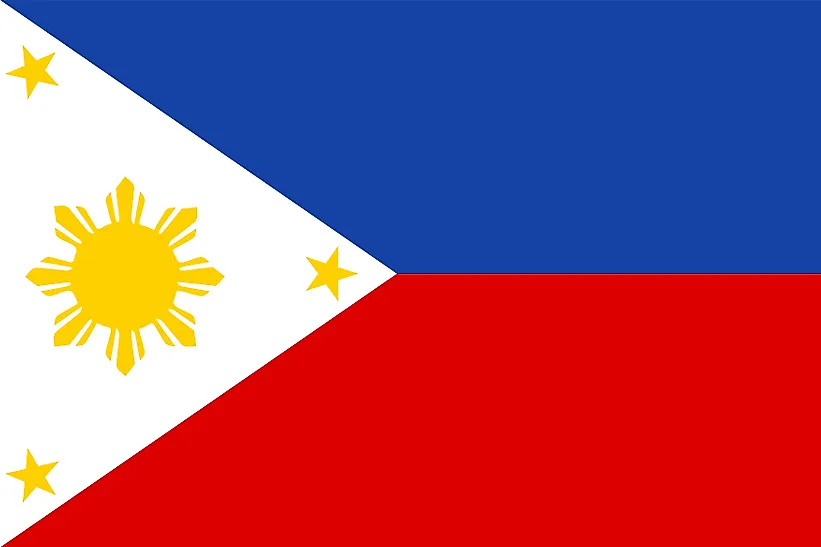
Philippines
| Continent | Asia |
| Capital | Manila |
| Population | 102,624,209 |
| GDP | $807.00 Billion |
| GDP per Capita | $7,700 |
| Dialing Code | +63 |
| ISO Code (2-letter) | PH |
| ISO Code (3-letter) | PHL |
Philippines Landscapes






About Philippines
Welcome to the Philippines, a nation of 7,641 islands where warmth meets diversity. With approximately 110 million people occupying 300,000 square kilometers, the Philippines combines remarkable cultural fusion with natural beauty, standing as one of Asia’s most vibrant nations.
Geographic Features and Natural Beauty
The Philippines’ geography encompasses extraordinary diversity across its thousands of islands. The country features volcanic formations, tropical rainforests, and some of the world’s most beautiful beaches.
The landscape includes the Chocolate Hills of Bohol, the Rice Terraces of the Philippine Cordilleras, and the Puerto Princesa Subterranean River. The country’s archipelagic nature creates diverse marine ecosystems and unique wildlife habitats.
Protected areas include numerous national parks and marine sanctuaries protecting unique species like the Philippine eagle and tarsier. The country’s commitment to environmental protection focuses on preserving its biodiversity hotspots.
Cultural Heritage and Traditions
Filipino culture represents a unique blend of Malay, Spanish, American, and indigenous influences. The country’s heritage includes distinctive architecture, particularly Spanish colonial churches, and vibrant festivals.
Traditional arts include weaving, pottery, and various dance forms. Music traditions range from indigenous instruments to modern Filipino pop, while traditional values of family and community remain strong.
Filipino cuisine combines indigenous, Spanish, and Chinese influences, featuring dishes like adobo, sinigang, and lechon. The tradition of fiestas and bayanihan (community spirit) remains central to cultural life.
Historical Journey
The Philippines’ history spans from ancient maritime trading kingdoms through colonial periods to modern nationhood. The country’s strategic location has influenced its development throughout history.
Significant periods include pre-colonial kingdoms, Spanish colonial rule (1565-1898), American administration (1898-1946), Japanese occupation during World War II, and independence. The country’s journey to democracy has shaped its modern identity.
Modern Economic Landscape
Today’s Philippine economy combines services, manufacturing, and agriculture. The country is known for its strong business process outsourcing sector and overseas workers’ remittances.
Recent initiatives focus on infrastructure development, digital innovation, and sustainable tourism. The Philippines’ young population and strategic location support its economic growth.
International Relations and Global Position
The Philippines maintains active participation in ASEAN and international organizations while fostering strategic partnerships. The country’s maritime position and cultural connections extend its global influence.
Did You Know?
• The Philippines is the world’s largest supplier of sailors to the global maritime industry?
• The country has one of the longest Christmas celebrations in the world, starting in September?
• The Philippines is home to the world’s smallest primate, the Philippine tarsier?
• Manila’s Chinatown is the oldest in the world?
Conclusion
The Philippines represents a unique combination of island beauty and cultural diversity. From its pristine beaches to its modern cities, from its ancient traditions to its contemporary innovations, the Philippines continues to evolve while preserving its distinctive character. As it addresses challenges including environmental protection and economic development, the Philippines remains committed to progress while maintaining its position as a vibrant cultural crossroads in Southeast Asia.